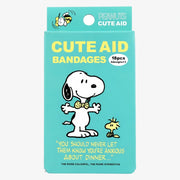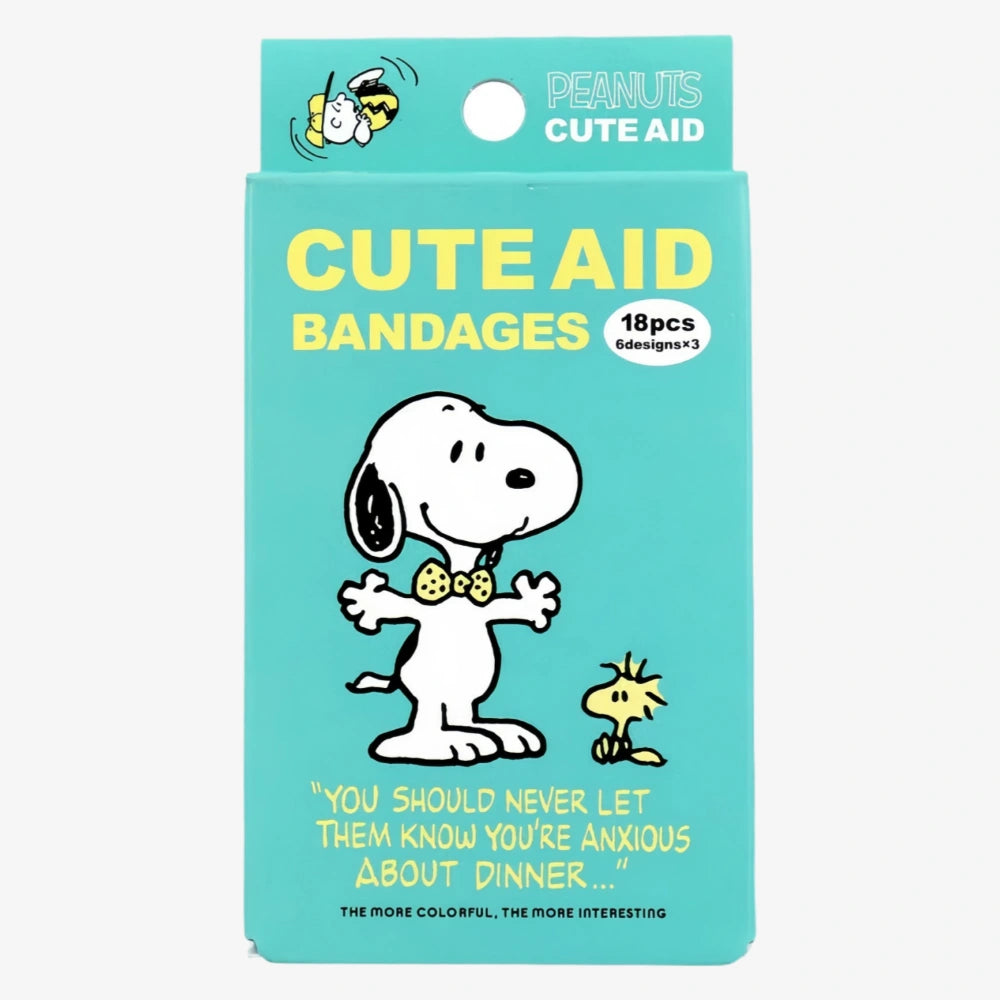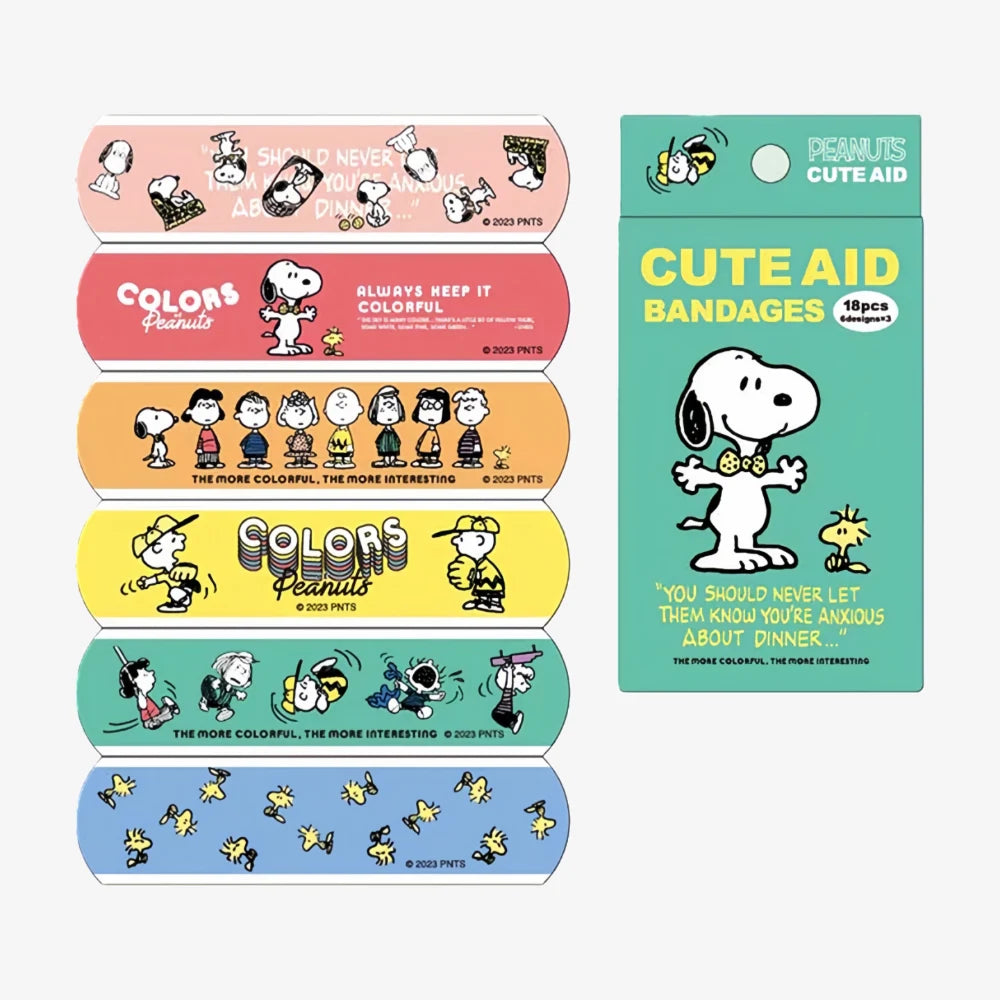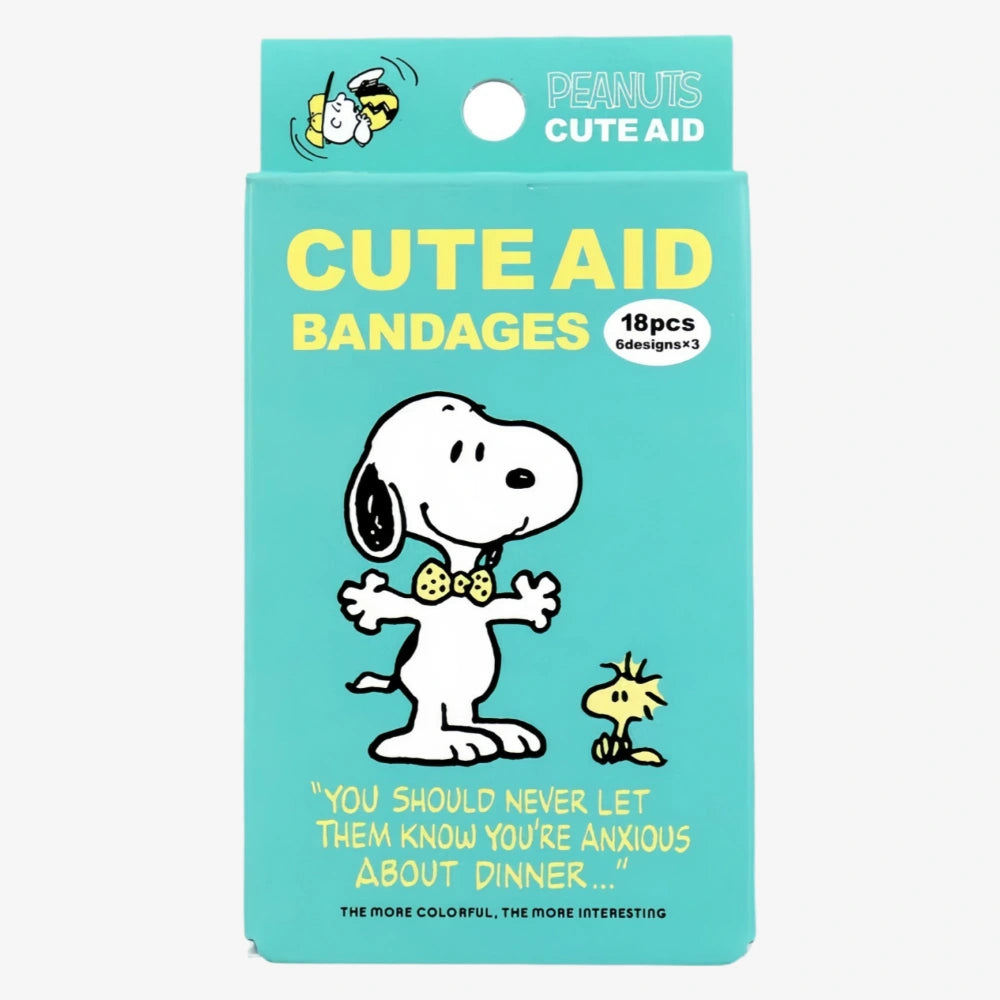
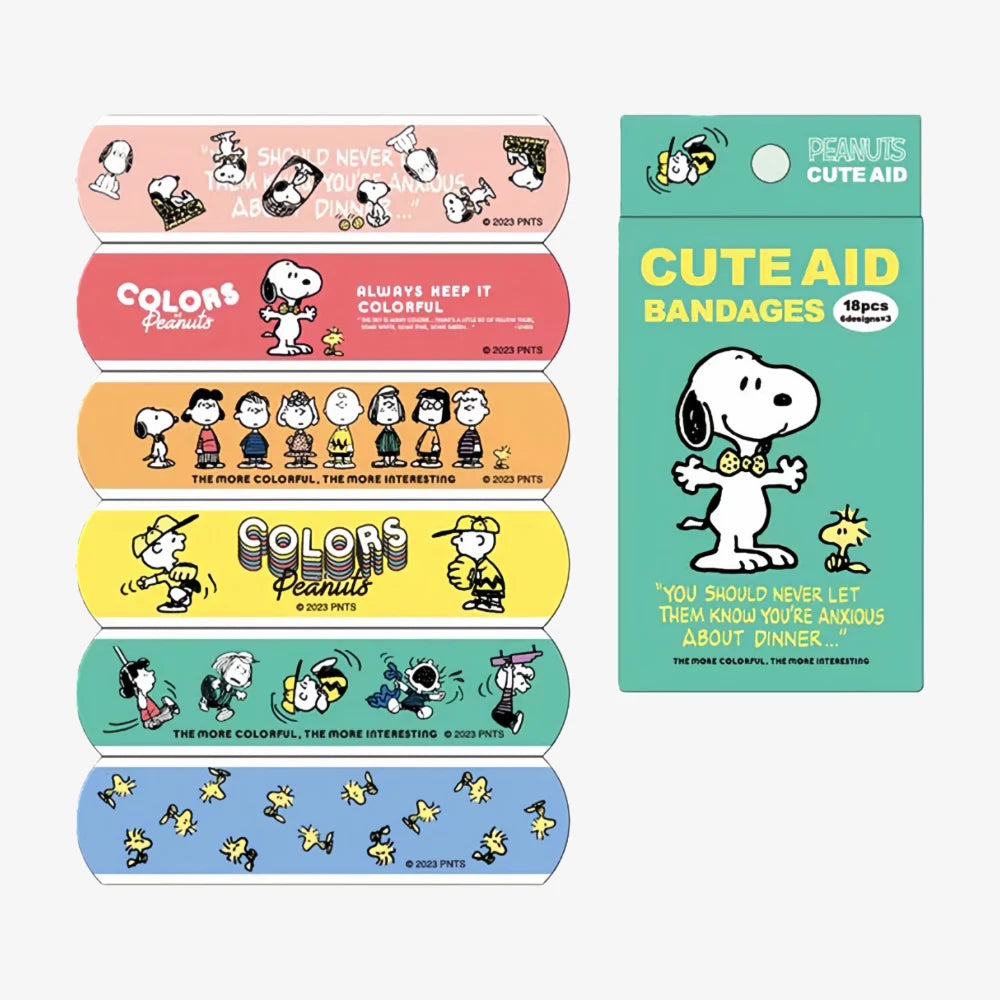
Description
Description
1. Design Highlight: Disney IP Co-Branding
2. Core Protection: Medical-Grade Safety
- Sterile Absorbent Pad: The center pad (contacting the wound) is made of ultra-soft, high-absorbency non-woven fabric, sterilized via ethylene oxide. It quickly absorbs wound exudate (blood, tissue fluid) to keep the wound dry, creating a clean environment for healing.
- Hypoallergenic Adhesive: Uses latex-free, acrylic-based adhesive that adheres firmly to the skin but leaves no residue when removed. It meets Japanese medical adhesive standards, with minimal risk of redness or itching even for sensitive skin.
- Breathable Elastic Backing: The backing layer is a blend of polyester and cotton — elastic enough to fit body curves (e.g., fingers, knees, elbows) without restricting movement, and highly breathable to prevent stuffiness (a common issue with low-quality bandages that can slow healing).
- Water-Resistant Option (If Applicable): Selected versions have a thin, transparent PE (polyethylene) coating on the backing, which repels light splashes (e.g., hand washing, rain) while maintaining breathability, extending the bandage’s effective use time.
3. Practical Design: Daily Convenience
- Individual Sterile Packaging: Each bandage is sealed in a separate, easy-to-tear sterile pouch — prevents contamination, allows single use, and is convenient to carry in pockets, purses, or first-aid kits.
- Standard Size: Measures approximately 76mm × 19mm (a common small size for daily use), suitable for covering most minor wounds on hands, fingers, face, or limbs.
- Made in :Japan
Ingredients
Ingredients
Sterile Absorbent Pad: 100% cotton or cotton-polyester blend non-woven fabric — ultra-soft, highly absorbent, and sterilized via ethylene oxide (meets ISO 11135 sterilization standards). It does not shed fibers, preventing irritation to the wound surface.
Hypoallergenic Adhesive: Latex-free acrylic adhesive — free of formaldehyde, phthalates, and other harmful substances. It adheres securely to the skin but is easy to remove without residue, complying with Japan’s JIS T 0313 medical adhesive safety requirements.
Breathable Backing Layer: Polyester-cotton blend non-woven fabric — lightweight, elastic, and breathable (air permeability ≥ 500 mm/s, meeting JIS L 1096 standards). It allows air circulation to keep the wound dry and reduces stuffiness.
Protective Film: Transparent polyethylene (PE) film — covers the adhesive layer before use to prevent contamination. It is easy to peel off and does not react with the adhesive or leave residue.
Printing Ink: Medical-grade water-based ink — used for printing Olaf & Andy patterns. It is non-toxic, odorless, fade-resistant, and does not contain heavy metals or volatile organic compounds (VOCs), ensuring safety for long-term skin contact.
All raw materials comply with international medical device standards (ISO 13485) and Japanese local regulations, with no fluorescent whitening agents, latex, or other potential allergens.
How to Use
How to Use
Clean the Wound: First, rinse the minor wound with clean running water or normal saline to remove dirt, dust, or debris. Gently pat the skin around the wound dry with a sterile cotton pad (do not rub the wound directly to avoid further irritation).
Open the Package: Tear the individual sterile pouch along the pre-cut easy-tear line. Avoid touching the sterile absorbent pad with your fingers — use the edges of the bandage to handle it, preventing bacterial contamination.
Apply the Bandage:
Peel off one side of the protective film from the adhesive layer (some bandages have two layers of film; peel one first to fix the position).
Align the sterile absorbent pad directly over the center of the wound, ensuring the pad fully covers the wound (leave a 1-2mm margin around the wound to avoid the adhesive sticking to the wound itself).
Peel off the remaining protective film, then press the adhesive backing firmly onto the skin around the wound. Smooth the bandage from the center to the edges to eliminate air bubbles and ensure tight adhesion.
Replace Regularly: Change the bandage every 4-6 hours, or immediately if it becomes wet, dirty, or loose. Frequent replacement maintains a sterile environment and promotes faster wound healing.
Remove Gently: When replacing, peel the bandage from the edges toward the center. For children or sensitive skin, hold the skin near the adhesive gently while peeling to reduce discomfort or irritation.
Important Note: If the wound shows signs of infection (e.g., redness, swelling, pus, increased pain, or fever), stop using the bandage and consult a doctor immediately.
SANTAN Emergency Bandages Olaf & Andy 18pcs
SANTAN Emergency Bandages Olaf & Andy 18pcs
Vendor: SANTAN
Out of stock
Couldn't load pickup availability
Description
Description
1. Design Highlight: Disney IP Co-Branding
2. Core Protection: Medical-Grade Safety
- Sterile Absorbent Pad: The center pad (contacting the wound) is made of ultra-soft, high-absorbency non-woven fabric, sterilized via ethylene oxide. It quickly absorbs wound exudate (blood, tissue fluid) to keep the wound dry, creating a clean environment for healing.
- Hypoallergenic Adhesive: Uses latex-free, acrylic-based adhesive that adheres firmly to the skin but leaves no residue when removed. It meets Japanese medical adhesive standards, with minimal risk of redness or itching even for sensitive skin.
- Breathable Elastic Backing: The backing layer is a blend of polyester and cotton — elastic enough to fit body curves (e.g., fingers, knees, elbows) without restricting movement, and highly breathable to prevent stuffiness (a common issue with low-quality bandages that can slow healing).
- Water-Resistant Option (If Applicable): Selected versions have a thin, transparent PE (polyethylene) coating on the backing, which repels light splashes (e.g., hand washing, rain) while maintaining breathability, extending the bandage’s effective use time.
3. Practical Design: Daily Convenience
- Individual Sterile Packaging: Each bandage is sealed in a separate, easy-to-tear sterile pouch — prevents contamination, allows single use, and is convenient to carry in pockets, purses, or first-aid kits.
- Standard Size: Measures approximately 76mm × 19mm (a common small size for daily use), suitable for covering most minor wounds on hands, fingers, face, or limbs.
- Made in :Japan
Ingredients
Ingredients
Sterile Absorbent Pad: 100% cotton or cotton-polyester blend non-woven fabric — ultra-soft, highly absorbent, and sterilized via ethylene oxide (meets ISO 11135 sterilization standards). It does not shed fibers, preventing irritation to the wound surface.
Hypoallergenic Adhesive: Latex-free acrylic adhesive — free of formaldehyde, phthalates, and other harmful substances. It adheres securely to the skin but is easy to remove without residue, complying with Japan’s JIS T 0313 medical adhesive safety requirements.
Breathable Backing Layer: Polyester-cotton blend non-woven fabric — lightweight, elastic, and breathable (air permeability ≥ 500 mm/s, meeting JIS L 1096 standards). It allows air circulation to keep the wound dry and reduces stuffiness.
Protective Film: Transparent polyethylene (PE) film — covers the adhesive layer before use to prevent contamination. It is easy to peel off and does not react with the adhesive or leave residue.
Printing Ink: Medical-grade water-based ink — used for printing Olaf & Andy patterns. It is non-toxic, odorless, fade-resistant, and does not contain heavy metals or volatile organic compounds (VOCs), ensuring safety for long-term skin contact.
All raw materials comply with international medical device standards (ISO 13485) and Japanese local regulations, with no fluorescent whitening agents, latex, or other potential allergens.
How to Use
How to Use
Clean the Wound: First, rinse the minor wound with clean running water or normal saline to remove dirt, dust, or debris. Gently pat the skin around the wound dry with a sterile cotton pad (do not rub the wound directly to avoid further irritation).
Open the Package: Tear the individual sterile pouch along the pre-cut easy-tear line. Avoid touching the sterile absorbent pad with your fingers — use the edges of the bandage to handle it, preventing bacterial contamination.
Apply the Bandage:
Peel off one side of the protective film from the adhesive layer (some bandages have two layers of film; peel one first to fix the position).
Align the sterile absorbent pad directly over the center of the wound, ensuring the pad fully covers the wound (leave a 1-2mm margin around the wound to avoid the adhesive sticking to the wound itself).
Peel off the remaining protective film, then press the adhesive backing firmly onto the skin around the wound. Smooth the bandage from the center to the edges to eliminate air bubbles and ensure tight adhesion.
Replace Regularly: Change the bandage every 4-6 hours, or immediately if it becomes wet, dirty, or loose. Frequent replacement maintains a sterile environment and promotes faster wound healing.
Remove Gently: When replacing, peel the bandage from the edges toward the center. For children or sensitive skin, hold the skin near the adhesive gently while peeling to reduce discomfort or irritation.
Important Note: If the wound shows signs of infection (e.g., redness, swelling, pus, increased pain, or fever), stop using the bandage and consult a doctor immediately.
